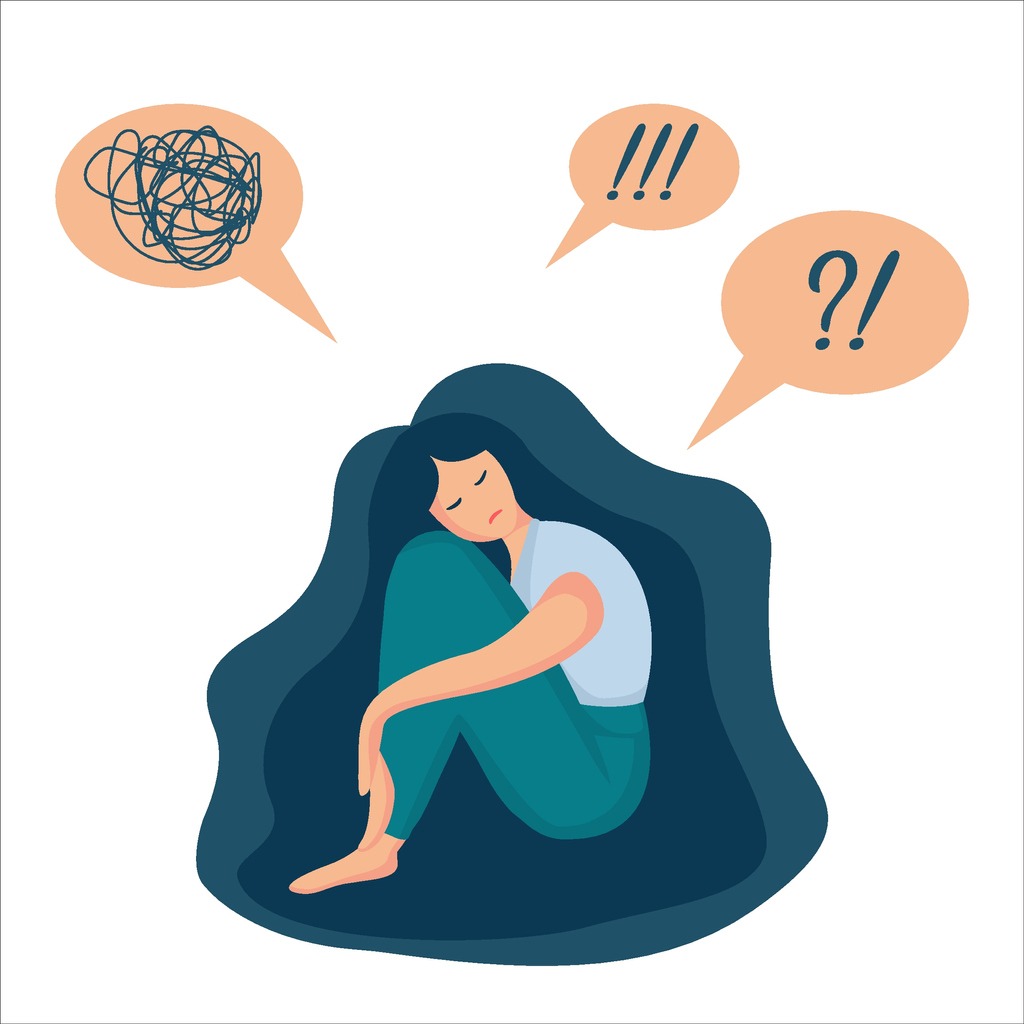Attention Deficit and Hyperactivity Disorder (ADHD) is a mental health condition that affects young children in particular. It is a disorder that can cause excessive hyperactivity and impulsive behaviors. This can lead to impaired learning and disruptive behaviors, as well as to many difficulties with focusing on tasks for a longer period of time.
Unfortunately, ADHD is very common among young children and adolescents, many of whom are supported with medication to manage their condition. This disorder can also be common among adults, who can find that their work performance is affected as a result of poor attention skills. However, it is important to know that there are currently many interventions that can address the behavioral and cognitive symptoms of attention deficit.
One of these interventions is neurofeedback, a novel type of biofeedback that monitors the activity of the brain and provides feedback in real time. This method has been proven by research studies to contribute to the improvement of many mental health conditions, such as depression, anxiety, and disorders of attention and hyperactivity such as ADHD.
How does Neurofeedback Therapy Work?
The activity of the human brain is reflected in various frequency bands of brain waves resulting from underlying electrical impulses. These brain waves are split into 5 major categories – gamma, beta, alpha, delta, and theta – although each frequency band can have its own sub-categories (such as high or low beta).
Depending on the type of activity we perform, our brain will generate a predominant brain wave activity – for example, presenting a speech in front of a group of people generates high mental activity in the form of high beta frequencies. Sleep is often associated with a preponderance of alpha, delta and theta brain waves, which are the lowest in frequency.
During a typical neurofeedback session, an EEG net is placed on the patient’s head and electrodes are attached to their scalp. The patient is then asked to follow the instructions presented on the screen of a computer. Feedback based on the patient’s individual brain activity will be provided in a video or audio form.
When the brainwaves of the patient match the desired target of the intervention, the course of the game will progress in the right direction. As a result, the brain increases the level of arousal due to the focused attention of the patient.
How can Neurofeedback Help with ADHD
Over the past 25 years, numerous studies have proven the effectiveness of neurofeedback-based interventions for mental health conditions such as ADHD. The journal “Child and Adolescent Psychiatric Clinics of North America” has stated that EEG/ Neurofeedback-based therapy meets the American Academy of Child and Adolescent Psychiatry (AACAP) criteria for clinical guidelines for ADHD treatment.
Research studies have also shown that neurofeedback can be a viable intervention method that can help reduce and manage symptoms of attention deficit and impulsivity in ADHD. Results show promising results in this direction, as neurofeedback treatment can serve as a great adjuvant besides medication and psychological interventions, without significant side-effects.
Regular neurofeedback intervention can help patients struggling with ADHD symptoms to achieve a calmer mental state and to improve their ability to maintain their attention on a single task at a time. With patience, many individuals receiving neurofeedback training can begin to see that their tendency to follow distractions diminishes while their ability to inhibit impulses actually increases. Over time, they can improve their cognitive performance and can learn better and more efficiently by attending to their tasks.
Implementing New Neuronal Connections
Ultimately, neurofeedback training aims to change the physiology of the brain and build new structures in the way we learn and perform cognitive tasks. In the case of people with ADHD, neurofeedback strengthens the brain areas responsible for attention and focus and reduces the excessive brain waves that lead to hyperactivity.
Neurofeedback protocols help ADHD individuals practice focusing their attention on a single task at a time, inhibit irrelevant distractions and stimuli and remain focused for prolonged periods of time. Over time, this can translate into better focus and mental performance, increased learning outcomes and overall better health and wellbeing.
Therefore, people with this diagnosis now have a tremendous opportunity to take charge for their mental health and implement new behavioral practices that have the potential to reduce their symptoms. Neurofeedback is not only an efficient training method that has been backed by scientific research to work for ADHD symptoms – it is also non-invasive, drug-free, safe, and can be used by a wide category of people.
At Healthy Within, we do not diagnose or medicate our patients but instead, curate individualized protocols for our patients.
Contact us for more information about how we can help you get your mind and brain back to functioning at its calm, confident self.


